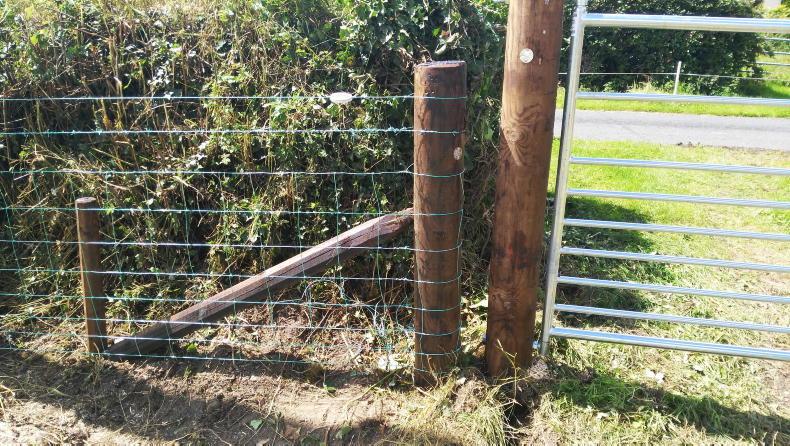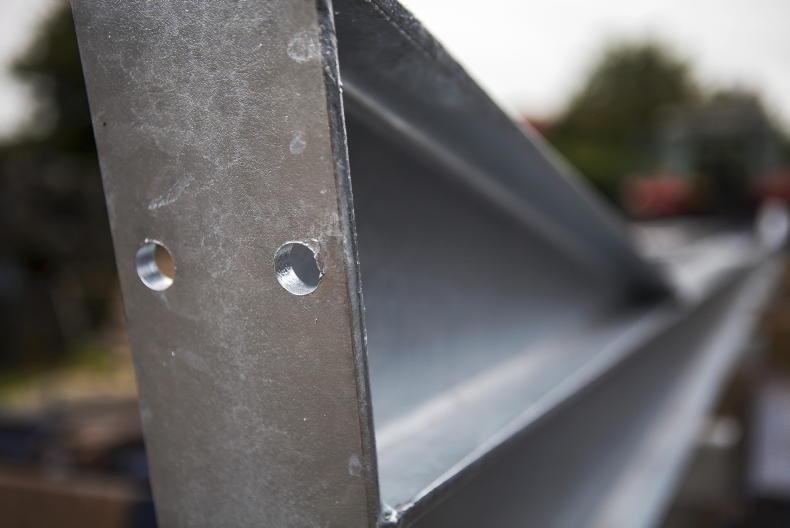The safety and environmental credentials of creosote had been under review across Europe since 2011, with several derogations given across the last number of years as a final decision was being formulated.
At the end of September 2022, the renewal of authorised applications for timber treated with creosote was voted on by EU member states, with the majority voting in favour of restricting authorisation.
From 30 April 2023, fence posts treated with creosote will be banned from being placed on sale. The only authorised continued use for creosote-treated timber is for railway sleepers and utility poles for electricity and telecommunications.
Alternatives
The decision to ban the use of creosote to treat fence posts across member states was made on the grounds that suitable and sufficient alternatives are available.
Speaking at last week’s Irish Farm Buildings Association Conference, Dr Robert Leonard from the Department of Agriculture confirmed that the Department’s guidelines on fencing (Document S.148) would be updated shortly to include the removal of creosote as a wood preservative.
Currently, creosote is the only permissible treatment, where grant aid is sought, for fencing and gateways for horses.
Preservative of choice
Creosote had long been the preservative of choice due to its ability to extend the working life of fencing posts, railway sleepers and telegraph polls up to 40 years, although the EU parliament classed it as a Grade 1B carcinogen, which ultimately has led to its ban.
Tanasote S40, developed by Arxada, is a new oil-based wood preservative and has gained biocidal products regulation (BPR) authorisation for its use as a treatment for the long-term protection of heavy duty industrial timbers, such as utility poles, railway sleepers and farm fencing.
Authorisation for Tanasote S40 has now been granted in both Sweden and Belgium, with further authorisations throughout Europe and the UK expected to follow shortly.
A prominent Irish manufacturer of farm fencing posts confirmed that it was looking at Tanasote S40 as a replacement for tar-oil creosote.









SHARING OPTIONS